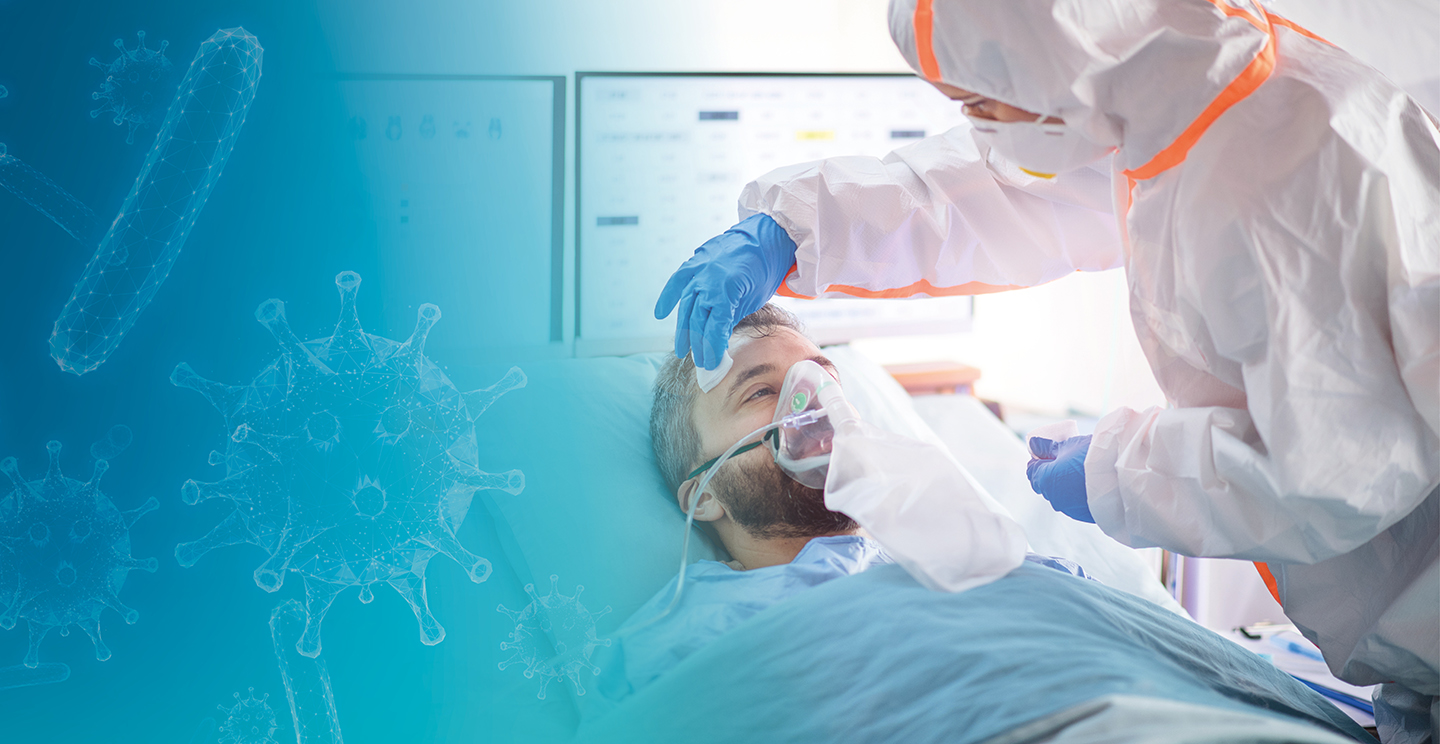We transfer biomedical research into the clinic.
The Fraunhofer Institute for Cell Therapy and Immunology IZI investigates and develops solutions to specific problems at the interfaces of medicine, life sciences and engineering. One of the institute‘s main tasks is to conduct contract research for companies, hospitals, diagnostic laboratories and research institutes operating in the field of biotechnology, pharmaceuticals and medical engineering.
The Fraunhofer IZI develops, optimizes and validates methods, materials and products within the business units cell and gene therapy, drugs and vaccines, molecular diagnostics and immunodiagnostics, as well as extracorporeal therapies. Its areas of competence lie in cell biology, immunology, drug biochemistry, bioanalytics and bioproduction as well as process development and automation. Research in these areas is centered around developments in immuno-oncology and infectious disease pathology. The S3 safety laboratory allows research and development activities to be conducted and highly pathogenic agents investigated under biosafety level 3 conditions.
The institute works in close cooperation with hospital institutions and performs quality controls besides manufacturing investigational medicinal products in line with GMP requirements. Furthermore, it supports partners in developing processes for the pharmaceutical production of ATMPs and biologicals, for example by helping them to obtain manufacturing licenses.



